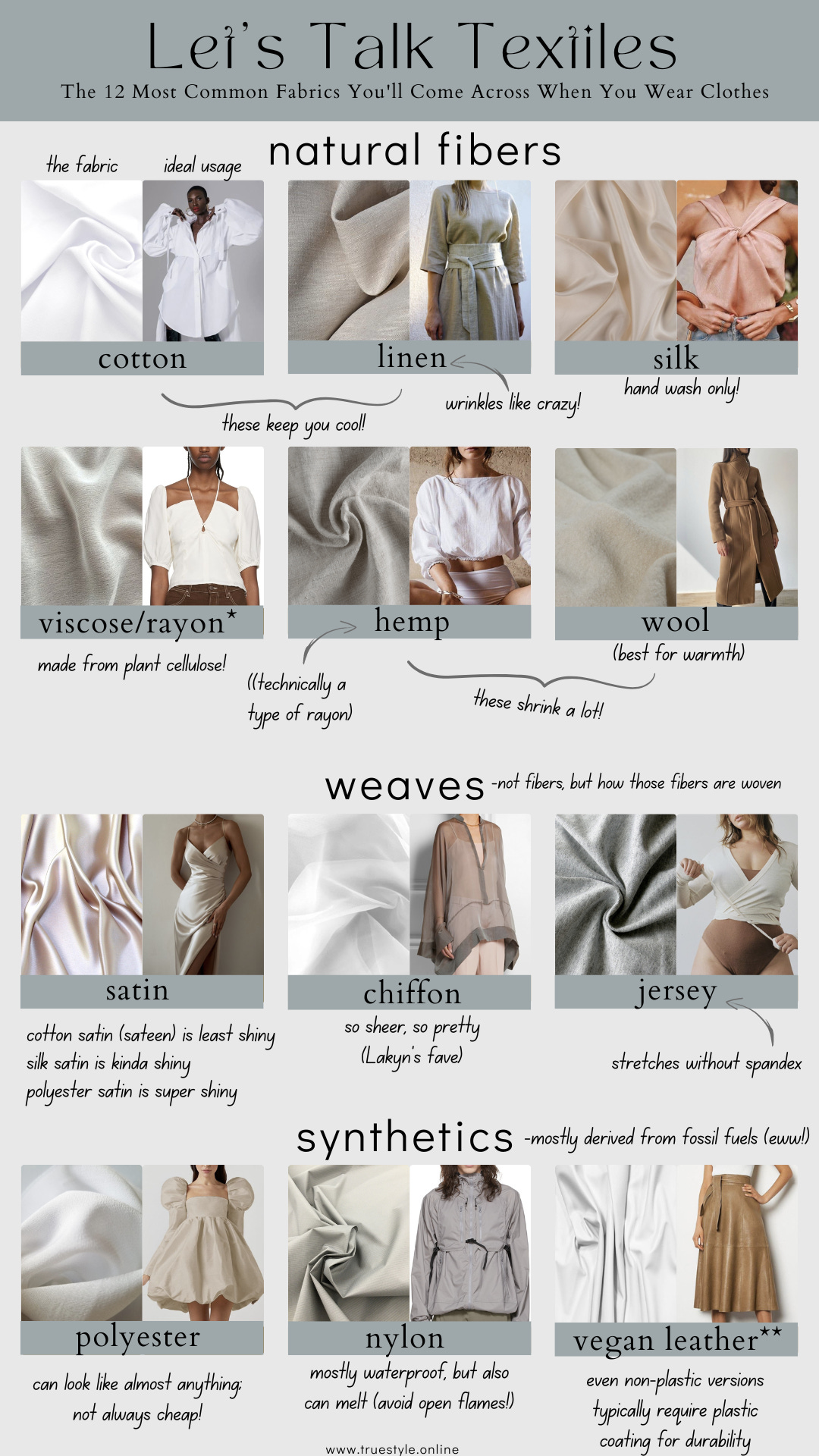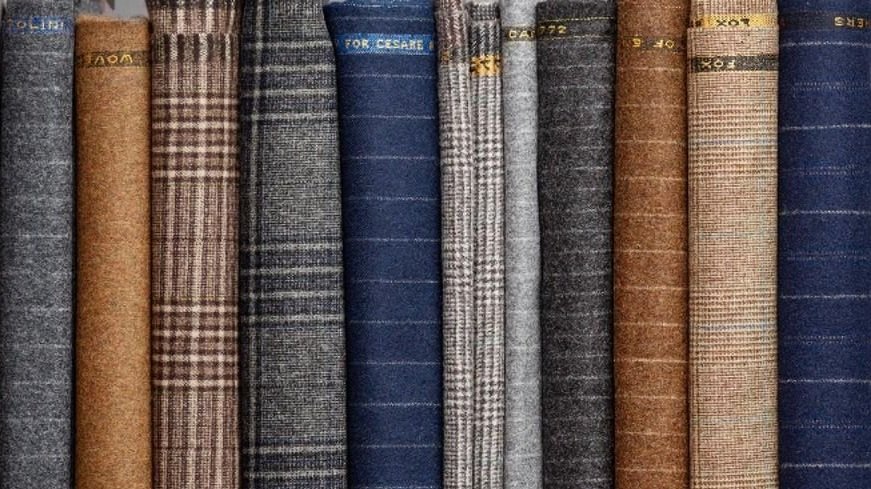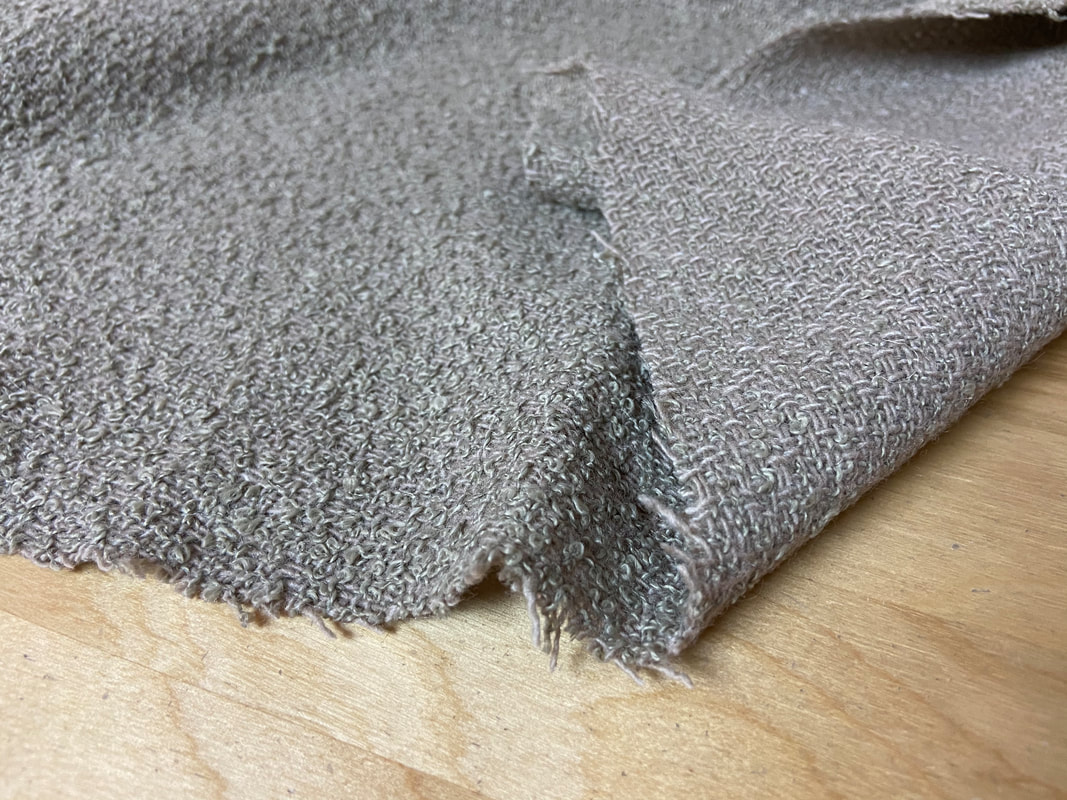Getting My All 4 Way Stretch Fabrics To Work
Getting My All 4 Way Stretch Fabrics To Work
Blog Article
Some Known Incorrect Statements About All 4 Way Stretch Fabrics
Table of ContentsAll 4 Way Stretch Fabrics - TruthsA Biased View of All 4 Way Stretch FabricsThe 3-Minute Rule for All 4 Way Stretch FabricsNot known Details About All 4 Way Stretch Fabrics All 4 Way Stretch Fabrics for BeginnersHow All 4 Way Stretch Fabrics can Save You Time, Stress, and Money.All 4 Way Stretch Fabrics Fundamentals Explained
As I likewise desire UV protection from my garments when I go out, I would select a largely woven cotton textile. One more consideration when buying the material is the means it will certainly after washing.A safe wager would certainly be to get at least 10% extra material. If you can purchase preshrunk fabric, this is the ideal.

If you are matching the shade, like selecting the cellular lining for the main textile or picking textile to add as trim, this is specifically vital. The material showrooms will typically have a light well where you can see the fabric in sunshine (or a home window with excellent light from outdoors).
Get This Report about All 4 Way Stretch Fabrics

The majority of fabrics are concerning 44 vast. When you go to buy material, estimate just how much you desire initially and afterwards most likely to the shop. Look into this article to know the response to this frequently listened to question "Just how much fabric do I require". With a fat quarter, you will obtain an 18 broad by 22 long.
Some fantastic deals can be had this means. In dressmaking, we purchase material by the yard/meter.
The Ultimate Guide To All 4 Way Stretch Fabrics
In a quarter of a backyard, you obtain a 9 by 44 strip of textile, which is concerning 22 centimeters in size. According to the size of materials, they might be called single-width and double-width.
Pick materials that are not also hard or inflexible, or you would not be comfy in them. Linen, Jeans, flannel, For chillier climates, pick woollen (100% as well as wool blends) woollen tweeds, wool crepe; it essentially depends on what trousers you are speaking about Tailored pants, Unstructured Pant, Combined, Denim.
All cotton fabrics are great for kids. Knit textiles are also wonderful for youngsters you can go for wool knits.
Not known Factual Statements About All 4 Way Stretch Fabrics
Look into this blog post on the very best material for clothing for children and children for more detail on this subject. Lightweight cotton is my favorite to stitch skirts. Cotton grass towel in attractive prints is wonderful. Silk jersey is a terrific fabric for sewing skirts, as is Ponte Roma weaved fabric.
Drapey rayons, soft woollen, lycra blends, and stretch velvets are all ideal for sewing skirts. Wool (Wool crepe has an excellent drape and provides sufficient framework for coats; wool tweeds are fantastic as well), Linen & Flannel. Raw silk, satin, taffeta, velvet, Lace, silk chiffon, and Fabric are all great for making dresses.
You can buy medium-weight fabrics with some spandex/elastane added for a fitting bodycon-type dress. For drapey gowns, you can pick light-weight textiles. Jersey has a drapey fit like this. Crepe, challis, and charmeuse are all drapey fabrics suited for this design. Have a look at these posts: Best fabric for making casual gowns and tops; Names of various gowns. Rayon, Acetate, and cotton lining materials are famously utilized.
Lightweight cotton fabric, Cambric, Chintz, Twill, Faille, Seersucker, Poplin, lightweight woven broadcloth, batiste, linen, eyelet are excellent for making tee shirts and shirts. Smooth satin textile is good for making airy tops. When buying patterned material (most of the formed textile comes with a size of 45 or 54 inches), there will be pattern repeat in these textiles, and this ought to be taken right into factor to consider when reducing material as well as purchasing them i.e., if you desire to match the patterns at the joints.
Not known Facts About All 4 Way Stretch Fabrics
The concepts will be distributed in a scheduled style on the fabric. You might notice sometimes If the print is not positioned on the textile appropriately, it can not be matched or lined up when created without distorting the fabric and the hang of the garment.


The textile weight is reliant on several factors like the weave, fiber kind, etc and is generally denoted by GSM. GSM can differ look here from 60 -700; 700 being the GSM of extremely top quality woolen fabric.
One point you have to maintain in mind is that greater textile weight does not represent greater textile quality. You can not choose high fabric weight fabric jeans for a light-weight drifting stole.
Take a look at the checklist of the 70+ various textile coatings and therapies. In a nutshell, the most vital requirements to look for in the textile you get are as complies with. The number of strings per inch of fabric (yarns-per-inch). Higher the thread count greater the number of threads woven per inch, and the higher the top quality.
How All 4 Way Stretch Fabrics can Save You Time, Stress, and Money.
This is extremely vital in any material. In top notch textile, this balance (either in numbers or in size) will always be preserved. Processes utilized on textile to boost look and efficiency. The fibers that are woven to make the textile will certainly either be as a solitary strand or will be formed by combining two yarns (twisted).
A two-ply yarn is remarkable to a single-ply thread.
If you are preparing yourself to begin a new stitching project, choosing a fabric will be the most vital action as soon as you decide what you want to make. After you've gone to all the difficulty and expense of buying the stitching maker you like, a pattern you love, and a fabric you enjoy, you want the finished item to be a success? One method to achieve that is to start by making certain your material is really right for the task.
The 6-Minute Rule for All 4 Way Stretch Fabrics
Exactly how do you recognize which fabric will give you the finest outcome? Picking a material just due to the fact that you love the print or style on it isn't always the ideal method - denim stretch fabric.
You get the photo. So to avoid doing an entire job for virtually nothing, we've put together some pointers to aid you choose which material is best for your job. Let's state you already have a job in mind; exactly how do you discover the ideal textile for it? One means is to check out comparable products in storesor ones you already have.
Think of the characteristics you desire the completed product to have. Do you desire a strong color or a print? If you are making a non-wearable item such as a cushion cover or potholder, use a tough textile such as canvas.
There is a lot info out there about textiles, their attributes, and their usages, it might reach be overwhelming! So don't try to take it in all at the same time; simply start with the job at hand. Discover all you can about the material you use for this project.
Report this page